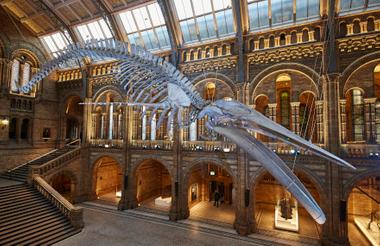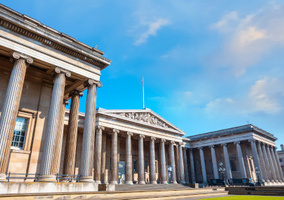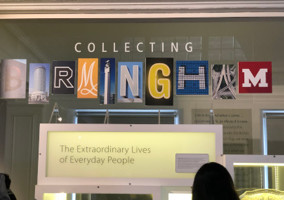The Natural History Museum’s income rose by 18% to £97.4m in 2022, according to recently filed documents.
The charity’s accounts for the year ended 31 March 2022 show that its overall income increased by £15m, up from £82.4m the previous year.
The increase was mainly driven by the reopening of its sites to the public on 17 May 2021 following lockdown-induced closures at the end of 2020.
Overall, income generation, which includes fundraising income, income from admissions and trading activities was above pre-pandemic level.
However, visitor numbers remained well below those seen before the Covid-19 crisis. The charity said it anticipates a “much stronger” recovery during 2022-23 as more international visitors are expected to return.
Meanwhile, cash donations increased by 133% to £6.3m.
A strong rebound
Of the charity’s total income for 2021-22, the highest in at least a decade, £9m was coronavirus support funding from the government and £0.1m from the Coronavirus Job Retention Scheme (CJRS) to fund salary costs.
The accounts say that without this support and the use of CJRS it would have had a deficit of £1.2m.
“After adjusting for depreciation, amortisation and loss on disposal of fixed assets (being non-cash items), which is considered a more meaningful indicator of in year financial performance, there was an overall surplus of £22.5m (2021: £14.9m surplus) which reduces to a surplus of £13.4m (2021: £1.7m surplus) without COVID-19 support and use of the CJRS”.
Meanwhile, expenditure increased by £7.2m during the year to £89.5m.
Cash donations rose to £6.3m in 2022 from £2.6m the year prior, the equivalent of a 133% increase.
Fundraising income was up by £3.4m after dropping to £3m in 2021. It is slightly above the £6.3m generated in 2018. Income from charitable giving more than doubled to £6.7m.
Trading activities stood at £10.3m, a strong rebound on last year when the charity recorded a net loss of £1.4m.
Most visited museum
In 2021, the Natural History Museum was the most visited museum and gallery in the UK. Some 2.4 million people visited its South Kensington site and another 87,321 visited its site in Tring.
But the numbers remained well below those recorded in 2019 (5.5 million).
The accounts say: “The financial position for 2021-22 continued to be affected by the impact of COVID-19 on self-generated income, and this will remain so until visitor numbers return to pre-pandemic levels of over 5m per annum, given the importance of visitor-related income.”
As the coronavirus restrictions lifted, the charity’s membership base reached record numbers surpassing 18,000.
Staff and remuneration
In 2021-22, the charity lost 11 employees compared with 39 the year before. It spent £16,140 on redundancies in 2021-22 and £1m the year before.
The accounts note that “redundancy and other departure costs have arisen as a result of expiring fixed term contracts and restructuring within the museum”.
Doug Gurr’s salary remained unchanged. The museum’s director earned £175,000-£180,000 (full-time equivalent) in 2021 and 2022, which is 5.2 times the median salary of the workforce.
Related articles












